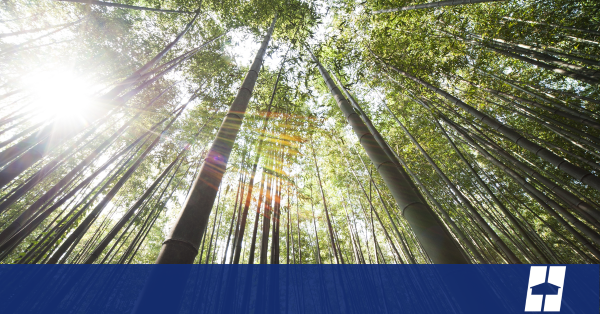Often criticized for their harsh impact on resources and environments, the construction industry is moving toward the use of eco-friendly materials. Materials that are locally available provide a source of sustainability for some projects. Other materials require thought regarding the climate where they are used, so as to limit the degradation and replacement of the materials.
Some of the most frequently used eco-friendly building components consist of the following:
- Bamboo. With an extremely high self-generation rate, bamboo rates as a great eco-friendly material. Although it is technically a perennial grass, bamboo is found on five of the seven continents across the globe. Because of its high strength-to-weight ratio, bamboo is durable enough for flooring and cabinetry.
- Cork. The fast-growing, flexible and resilient tree bark known as cork can be harvested from living trees. It is used in floor tiles and sub-flooring due to its noise absorption and insulation properties. Lightweight yet impermeable, cork is primarily found in the Mediterranean.
- Reclaimed or recycled wood and metal. Recycled metal tends not to burn or warp. It is a great option for roofing and building facades. Recycled wood can easily be used in framing, flooring, siding, and cabinetry but must be thoroughly inspected for insect damage and strength loss.
- Precast concrete slabs. Formed at the manufacturer instead of being poured on site, precast concrete slabs are commonly used for walls and building facades. They hold up to all types of weather. Concrete helps control heat within a building. It is a highly affordable material.
- Sheep’s wool insulation. Replacing synthetic with something natural is gaining ground in the construction industry. Although sheep’s wool is not the most affordable insulator, it does not degrade as quickly as other materials.
Incorporating one or two eco-friendly items into your building doesn’t automatically make the project eco-friendly. Each element must work with the others to influence the performance and livability of the building.

